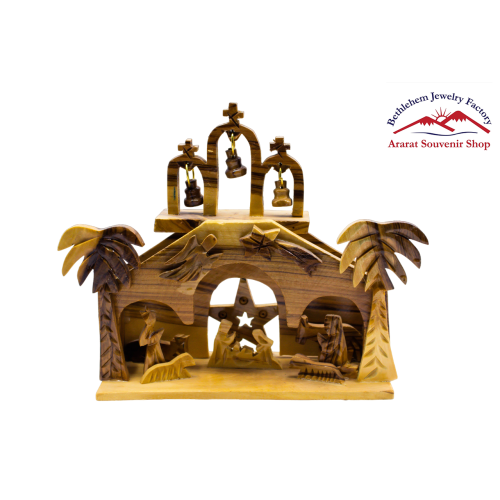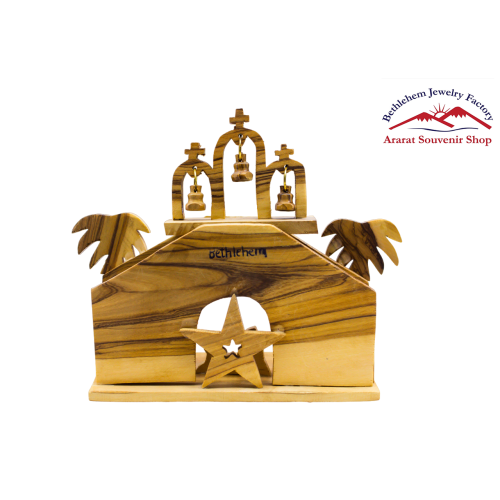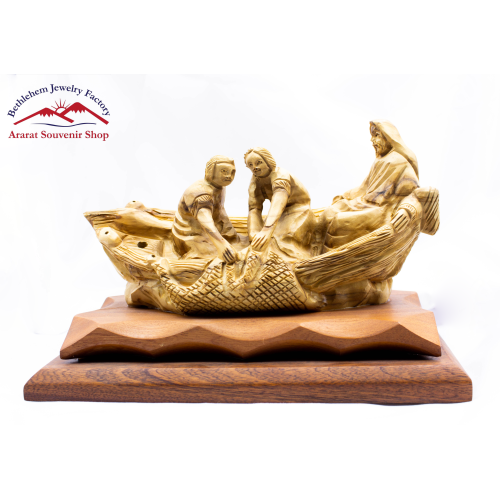St George
St. George, one of Christianity’s most revered saints, is celebrated for his legendary valor and unwavering faith. Traditionally dated to the late third century, he was a Roman soldier of Greek origin, believed to have been born in Cappadocia, now part of modern-day Turkey. His story has transcended time, evolving from historical figure to a quintessential symbol of bravery and the enduring battle between good and evil.
The narrative of St. George is most famously associated with the legend of “St. George and the Dragon,” which has become a focal point of his iconography. According to the legend, a dragon terrorized a town, demanding sacrifices from its citizens, often requiring them to offer young maidens. When the King’s daughter was chosen as the next victim, the townspeople were filled with despair. St. George, upon hearing of the plight of the town, rode forth on his noble steed to confront the beast. With his lance and the strength of his faith, he defeated the dragon, saving the princess and liberating the town from its terror. This tale symbolizes the triumph of good over evil and has made St. George a patron saint of various countries, including England, Portugal, and Catalonia.
The figure of St. George embodies various virtues, including courage, loyalty, and selflessness. His willingness to face the dragon—a manifestation of sin and evil—serves as a powerful metaphor for the struggles individuals face in their own lives. The theme of conquering the dragon has been interpreted in multiple ways across different cultures, often suggesting the importance of standing firm in one’s beliefs and values, regardless of the challenges faced.
The artistic representations of St. George have played a significant role in establishing his iconography. He is often depicted in armor, confidently mounted on his horse, with one foot poised on the defeated dragon. This imagery conveys a sense of strength and determination, capturing the essence of a warrior saint. Renowned artists, including Raphael, El Greco, and Paolo Uccello, have portrayed him in various styles, each adding depth to his character. Notably, Uccello’s work, “St. George and the Dragon,” is a prime example of how art can evoke the tension and drama of the legend, illustrating the saint’s valor and the gravity of his mission.
The veneration of St. George grew significantly during the medieval period, particularly with the establishment of the Order of the Garter in England, which elevated his status as a national icon. His feast day is celebrated on April 23, marked by various festivities and cultural events, particularly in England, where he is regarded as the patron saint. Celebrations often include parades, theatrical performances, and the display of the red cross of St. George, which is featured on the English flag.
Beyond his martial symbolism, St. George represents the ideals of chivalry and knighthood, embodying the virtues expected of knights during the medieval era. His image was often invoked in the context of the Crusades, where soldiers sought to emulate his bravery and commitment to faith. He became a symbol of Christian warrior ethos, inspiring countless knights to fight for their beliefs during turbulent times.
The legacy of St. George is also evident in various cultural narratives and traditions. In many parts of the world, stories of his bravery have been passed down through generations, and his festival is a time for communal gatherings, festivities, and reflection on virtues of honor and courage. His influence extends even to non-Christian cultures; the archetype of the knight facing a dragon resonates universally, serving as a metaphor for the confrontations individuals have with their own struggles.
In more recent times, St. George’s story has been revisited in literature and popular culture, reinforcing his status as an enduring figure of heroism. His narrative is often adapted in children’s tales, novels, and films, which reinterpret the classic legend for new generations. The essential message of heroism, protection of the innocent, and the eternal struggle against oppression continues to inspire a wide audience, regardless of cultural or religious background.
Furthermore, humanitarian organizations have also adopted the emblem of St. George, utilizing his legendary tale as a guiding principle for missions advocating for the oppressed, fighting against injustice, and promoting peace. His legacy, thus, transcends mere historical narrative, becoming a source of inspiration for those engaged in various forms of advocacy and social justice.
In conclusion, St. George stands as a multifaceted figure in Christian tradition, epitomizing the virtues of bravery, faith, and selflessness. His legendary battle with the dragon transcends historical context, becoming a powerful allegory for the ongoing struggle between good and evil faced by individuals throughout generations. Whether through art, literature, or cultural celebrations, the enduring legacy of St. George continues to resonate, inviting reflection on courage and the noble pursuit of justice in a complex world. The impact of his story extends beyond religious boundaries, capturing the imaginations and hearts of people, reminding them of the virtues that unite humanity in the face of adversity.











Reviews
There are no reviews yet.